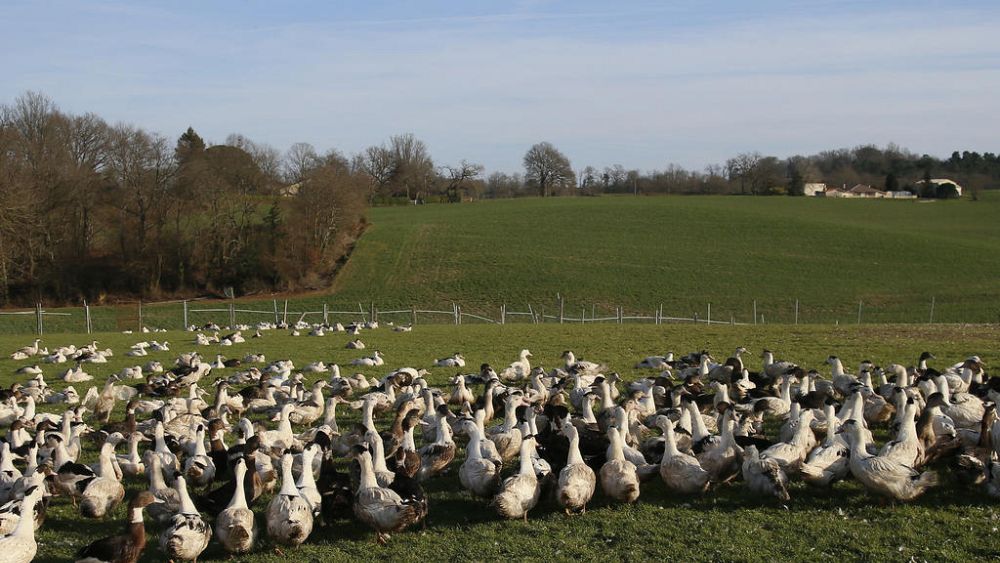Europe has experienced massive bird flu in recent years. Outbreaks have been registered in 24 countries. What is the current situation? In which direction is WHO moving? What are the recommendations?
According to the European Center for Disease Prevention and Control (ECDC), bird flu it is not present in poultry populations in the European Union and in the European Economic Area. ECDC considers the risk of transmission to the public to be “very low”.
However, the UK has detected two cases of the virus in poultry workers. And now France has outlined one prevention campaign to vaccinate poultry.
It is easier to prevent a disaster than to eliminate its consequences
The campaign is expected to start in October, despite farmers asking for vaccinations to start in the summer. According to the ministry, time is needed to ensure the safety of vaccine testing, production and storage.
The concern of poultry farmers undoubtedly derives from recent history: during the previous epizootics of 2022-2023 in France, according to the Ministry of Agriculture, six million birds culled . In 2021-2022, the figure was 22 million.
Two vaccines tested in France have already proven highly effective for ducks kept for foie gras production. And this is good news for the sector which has survived a severe crisis.
According to the Ministry of Agriculture, between August 1, 2022 and June 7, 2023 were identified 400 outbreaks of bird flu in birds in France.
In May 2023, the virus was reported in the departments of Gers, Landes and Pyrenées-Atlantiques in southwestern France. In total they were 85 farms infected.
“Now – says Marc Fenot, French Agriculture Minister – the peak of incidence has been passed. The risk of spreading the virus on the French mainland has been reduced from high to moderate “.
What to know about bird flu
Avian influenza is an acute infectious disease of domestic and wild birds, discovered over 140 years ago.
The disease is characterized by damage to the digestive and respiratory organs of birds and has a high mortality rate.
Bird flu can be transmitted from animals to humans in two main ways:
– directly from birds or contaminated environment
– through an intermediate host, such as pigs.
People who are in close contact with infected birds and animals, such as farm workers, are particularly susceptible to the virus. Laboratory tests are needed to diagnose human avian influenza infection.
Symptoms of bird flu in humans
Human infection with avian influenza viruses can cause diseases ranging from
from a mild upper respiratory tract infection to more serious illness,
able to lead to death. There is also evidence of cases of conjunctivitis,
of gastrointestinal symptoms, encephalitis and encephalopathy (decreased blood flow or oxygen to the brain).
There is so far no evidence to indicate that avian flu can mutate into one form transmissible from person to person.
Should Europeans be concerned?
Europe has experienced massive bird flu in recent years. Outbreaks have been recorded in poultry, wild birds and mammals in 24 countries.
Outbreaks in wild and domestic birds continued to be reported until May 2023. In March and April, the incidence of avian influenza among poultry decreased compared to the previous reporting period (December to February).
However, herring gulls are still heavily affected by the virus.
He virus continues to spread in the Americas and is also expected to reach Antarctica in the near future.
They have also been reported two cases of bird flu in cats in the United States and one in a dog in Canada.
The risk to the population in Europe remains low, increasing to low to moderate for workers and other people who come into direct contact with potentially infected or dead birds and mammals.
In March 2023, the European Food Safety Authority (EFSA) launched the progetto Bird Flu Radar. It is an early warning system for bird flu outbreaks.
WHO warns about public health
Countries around the world provide WHO with information on confirmed or suspected public health events of concern.
Thus, in mid-May, the United Kingdom informed the World Health Organization that it had detected the avian influenza A(H5N1) virus in two workers on a poultry farm in England.
In this farm, the poultry has been infected. The disease among the company’s workers was asymptomatic. All farm workers and their contacts have been identified. No one reported symptoms and no secondary infections were identified.
The UK’s Health Safety Agency found none evidence of person-to-person transmission of the virus.
WHO recommendations
The nature of influenza viruses is constantly changing. Given the large-scale circulation of the virus in birds, WHO stresses the importance of maintaining global surveillance of its progress.
It recommends that all people working with poultry or wild birds be vaccinated against seasonal flu to reduce the theoretical risk of mixing with other viruses.
Travelers to countries where outbreaks of zoonotic influenza have been reported should refrain from visiting farms and avoid contact with animals in markets where live animals are sold. And they should not go to places where animals are slaughtered and avoid touching surfaces visibly contaminated with animal faeces.
General precautions include regular hand washing, good hygiene and food safety.
